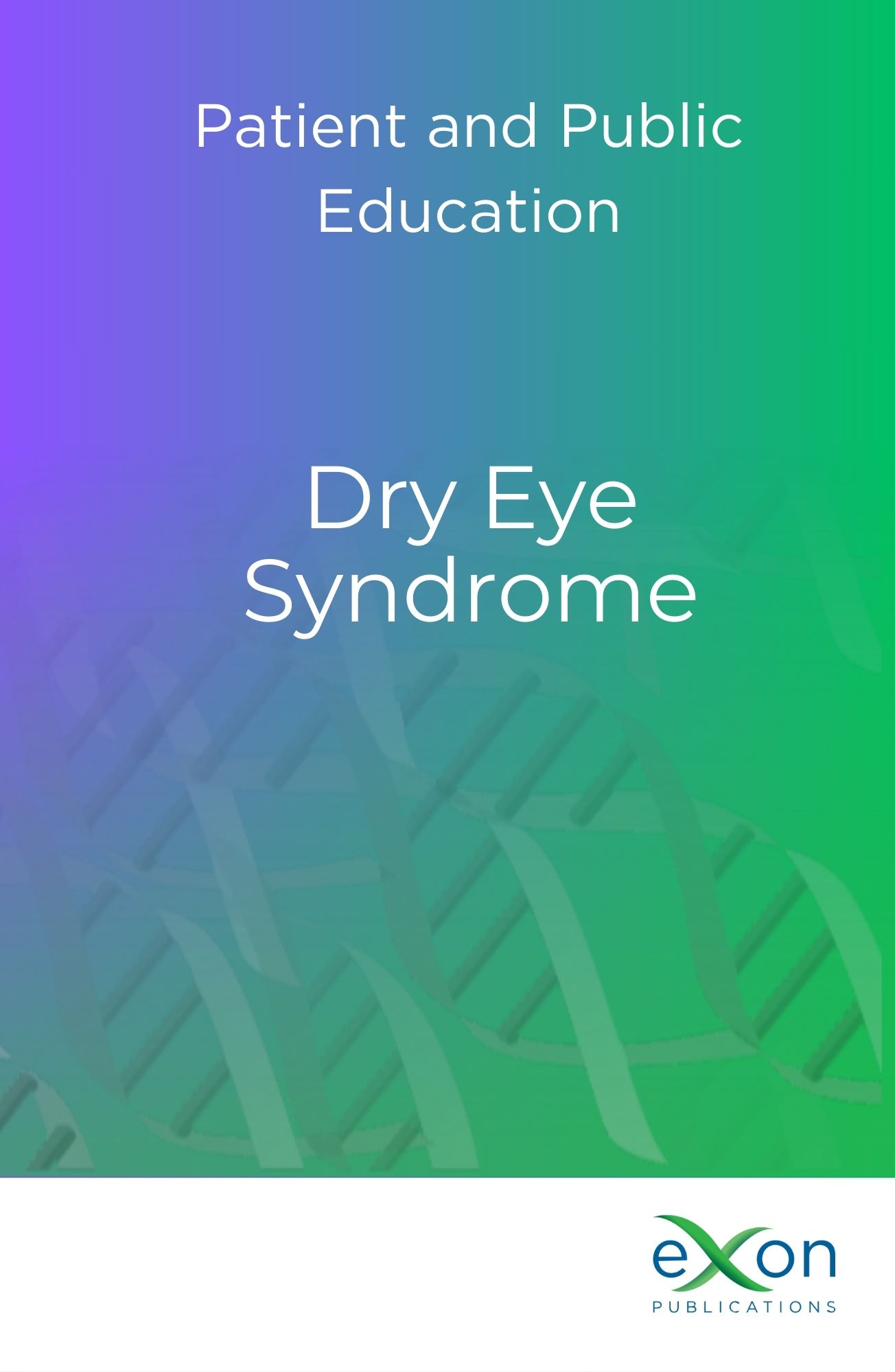Exon Publications publishes peer-reviewed, open-access books, book chapters, and monographs in the fields of biomedical and health sciences. All our publications are indexed in Scopus, NCBI/NIH/NLM Bookshelf, PubMed, Europe PubMed Central, the Directory of Open Access Books (DOAB), and Google Scholar—making us possibly the only independent open-access book publisher with all book chapters and monographs indexed in these esteemed repositories.
Our publications are widely cited. According to the latest Google Scholar Metrics, Exon Publications has an h-5 index of 24 and an h-5 median of 31. In simple terms, this means that publishing with us enhances the visibility and recognition of your work. To explore our publishing options, please follow the links below:
Current Book
Dry Eye Syndrome: Education for Patients and the Public
Dry Eye Syndrome is a common condition where the eyes do not produce enough quality tears, leading to discomfort, irritation, and vision problems. This article provides a comprehensive overview of the condition, including its definition, causes, symptoms, and treatment options. It explains how dry eye syndrome occurs, who is most at risk, and the different types that exist. The article also discusses how environmental and medical factors contribute to its development. The organization of the article follows a logical structure, beginning with an introduction that highlights the importance of tears in maintaining eye health. It then moves into the epidemiology and classification of dry eye syndrome, describing the groups most affected. Risk factors and causes are detailed, followed by an in-depth explanation of symptoms and how they impact daily life. The pathophysiology section explains the biological processes behind the condition, leading into the methods used for diagnosis. Treatment options are thoroughly explored, covering medical and lifestyle interventions. The article concludes with strategies for managing the condition and improving eye comfort. The information is presented clearly and in simple terms to ensure it is understandable for all readers, making it an accessible and valuable resource for anyone interested in dry eye syndrome.
Published: 2025-02-19





